Slender-Necked Women: What to Look For in a Pillow
For many women with long, slender necks (often called a “swan neck”), waking up with neck pain or stiffness is a common complaint. The pillow that works for someone with broader shoulders or a shorter neck might not suit a person with a delicate, thin neck. What special considerations should slender-necked women have when choosing a pillow? Let’s break down the pain points and professional advice.
Women with very slim necks often find standard pillows either too high or unsupportive. A common scenario is waking up with a sore neck despite using a “good” pillow. The issue is often pillow height and contour. If the pillow is too lofty, a slender neck bends upward at an unnatural angle; too flat, and the neck isn’t supported, causing muscles to strain. Many women also sleep on soft plush pillows thinking it’s gentle, but if it doesn’t support the neck’s curve, problems persist. A slender neck typically means less muscle bulk and a more pronounced curvature, so support needs to be precise.
Compared to men or individuals with broader shoulders, a woman with a narrow shoulder width and thin neck will have a smaller gap between head and mattress when side-sleeping. If the pillow is very thick, her head will be tilted upwards, putting lateral strain on the neck. Conversely, a very thin pillow might let the head sag, bending the neck downward. In both cases, the cervical spine (neck bones) is not aligned with the rest of the spinethepaper.cn. Over several hours of sleep, this misalignment causes muscle tension and joint stress. Moreover, slender necks often mean the natural cervical lordotic curve (the gentle inward curve of the neck) is quite pronounced; a flat pillow doesn’t fill that curve, while a generic bulky pillow might press against it unevenly. This can lead not only to pain, but also headaches or tingling in the shoulders/arms due to nerve compression.
The key word is alignment. You want a pillow that keeps your neck in neutral alignment – as if you were standing upright with good posture, but in a lying position. Sleep experts suggest side and back sleepers generally need a pillow around 3 to 5 inches thick (about 8–13 cm), whereas stomach sleepers need much thinner (<3 in)sleepfoundation.org. For a slender-necked woman, that typically means erring on the lower end of the side-sleeper range. A pillow about ~8–10 cm (3–4 inches) high under the head can often suffice, provided it has extra neck support built in. Rather than a uniformly thick pillow, look for one with a contoured shape: a lower middle for the head and a slightly raised roll for the neck. This design accommodates a thinner neck by filling the space under the neck without overly raising the headthepaper.cn. Memory foam or latex foam pillows are frequently recommended because they mold to your neck’s shape, offering customized supportsleepfoundation.org. They maintain the natural curve (think of that gentle forward curve your neck has) instead of flattening it. A slender neck may also benefit from a softer-medium pillow (to allow some sink-in) but with a supportive core so it doesn’t collapse completely under the weight of the head.
A product like the DonaHona Cervical Pillow is practically made for those with delicate necks. It features an ergonomic contour with a neck bolster and a lower head cradledonahona.com. For a woman whose neck is thin, this means the pillow “hugs” the curve of her neck, ensuring there’s no gap. The cervical spine is supported in its neutral curve (not forced straight, but supported in its gentle arch). This pillow’s dual height design is useful too – for example, a back-sleeper position might use the lower side, while side-sleeping uses the higher sidedonahona.comdonahona.com. Because many slender-necked individuals are also petite in frame, having a pillow that isn’t too wide or firm is important. The Cervical Pillow uses high-density slow-rebound memory foam that adjusts to body pressuredonahona.com. This means it will conform to the exact shape of your neck and head, rather than your neck having to conform to the pillow. The result is a feeling of being gently supported without pressure points – often described as a “floating” sensation for the head.
If you’re a slender-necked woman shopping for a pillow, keep these tips in mind:
-
Measure Your Needs: Don’t automatically pick a thick pillow. Evaluate in a sleeping position – your head, neck, and torso should remain in one straight line as if you were standing. Use a mirror or have someone check your alignment when you lie down on a pillow.
-
Contour is Key: Opt for a pillow labeled “cervical” or “contour” which has a neck support roll. The pillow should “meet” your neck. As one expert puts it, a pillow’s job is really to support your neck, not just your headthepaper.cn. You might even think of it as a “neck pillow” rather than a head pillow.
-
Material Matters: Memory foam (especially higher quality) can be great for slender necks because it offers a custom fit. Ensure it’s not too high-density to feel rock hard; you want a balance of softness and support. Latex is another good option with a bit more springiness. Avoid overly stiff pillows or overfilled down pillows that don’t compress at all – they could elevate you too much.
-
Try Adjustable Options: Some pillows come with removable inserts to adjust height. This can be useful to fine-tune the loft for your body. If you have a pillow that’s a tad tall, removing some filling (for shredded memory foam or down alternatives) can help reach that perfect heightsleepfoundation.org.
By following these guidelines, you give your graceful, long neck the support it deserves. Sleeping with a properly fitted pillow can prevent neck ache and even the formation of those “neck lines” or wrinkles that come from skin folding – an extra bonus for many. The bottom line is, no one-size-fits-all pillow exists. Slender-necked women often need a bit lower, better-shaped pillow to stay pain-free. Invest in a quality cervical pillow that keeps your neck aligned and supported – you’ll likely notice the difference the very next morning when you wake up without that familiar crick or soreness. As the saying goes, “beauty sleep” is real, and it starts with sleeping in a healthy posture!


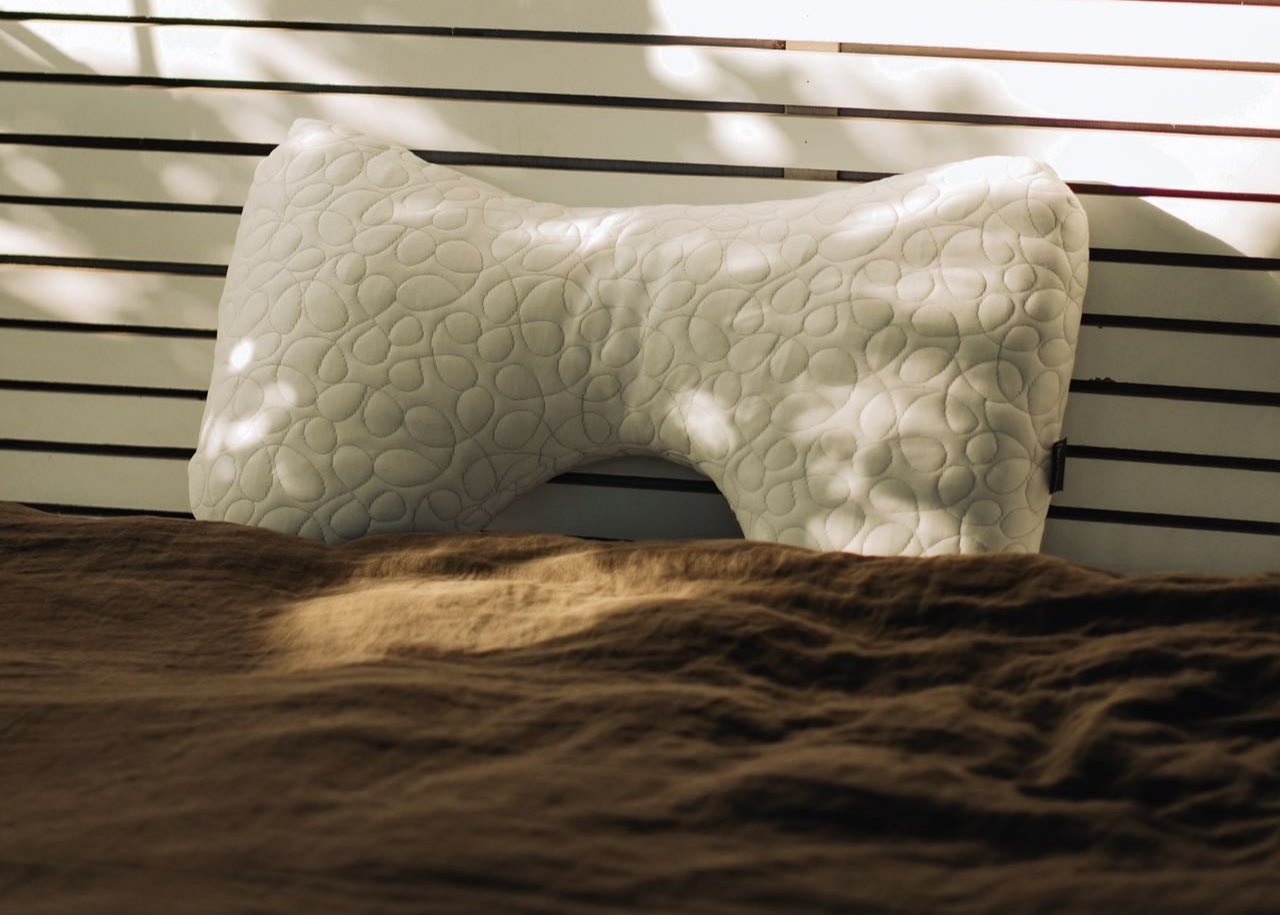
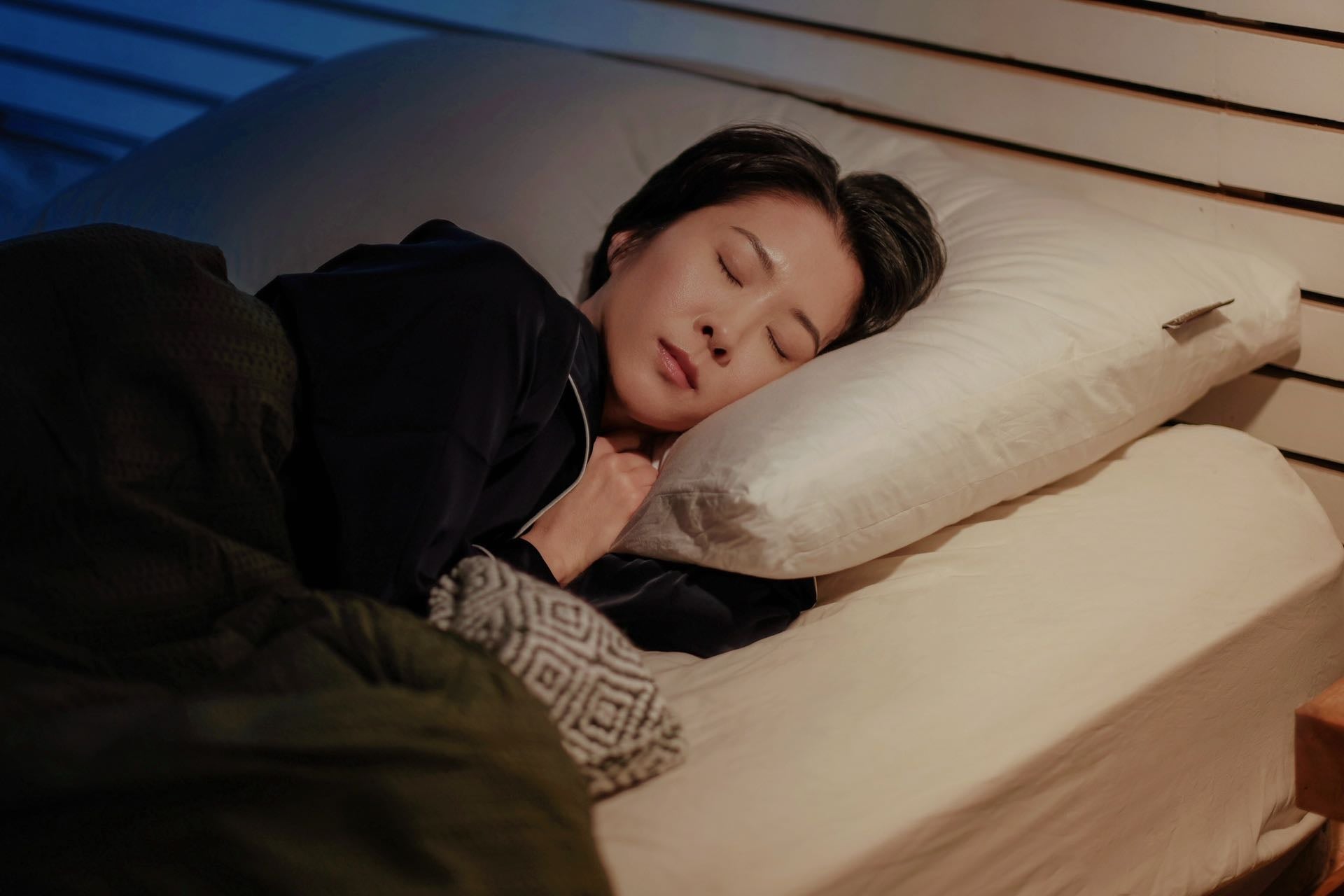

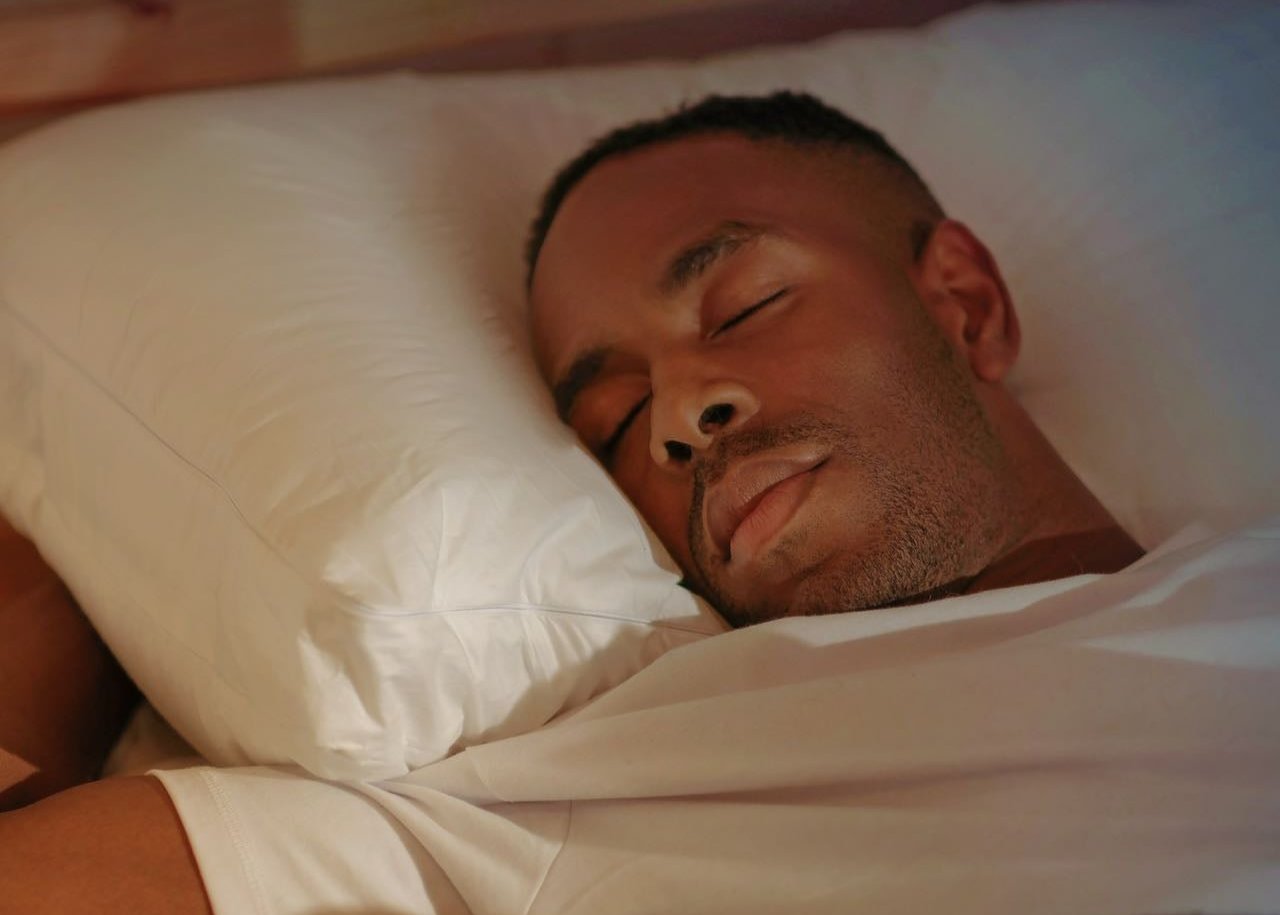
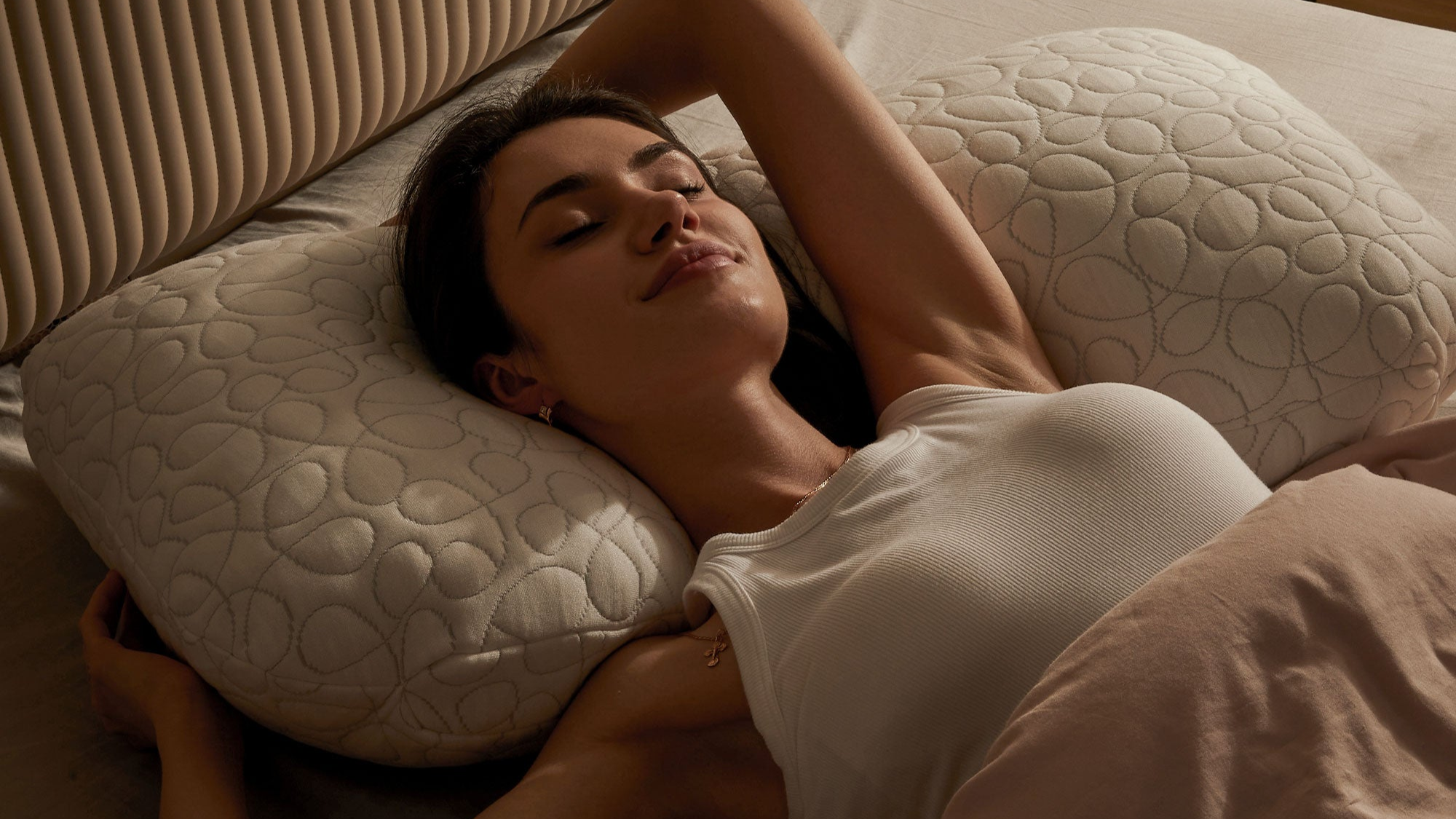
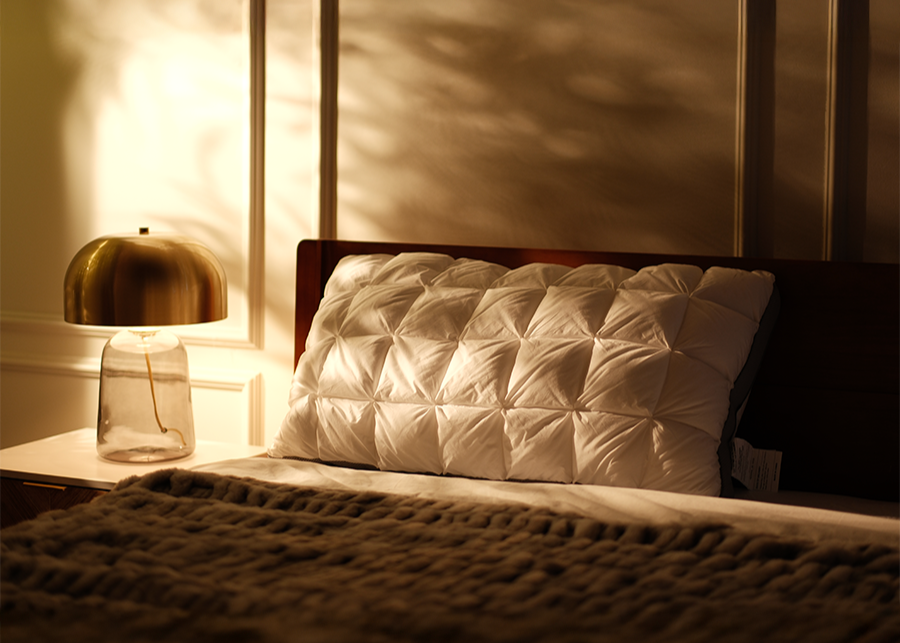

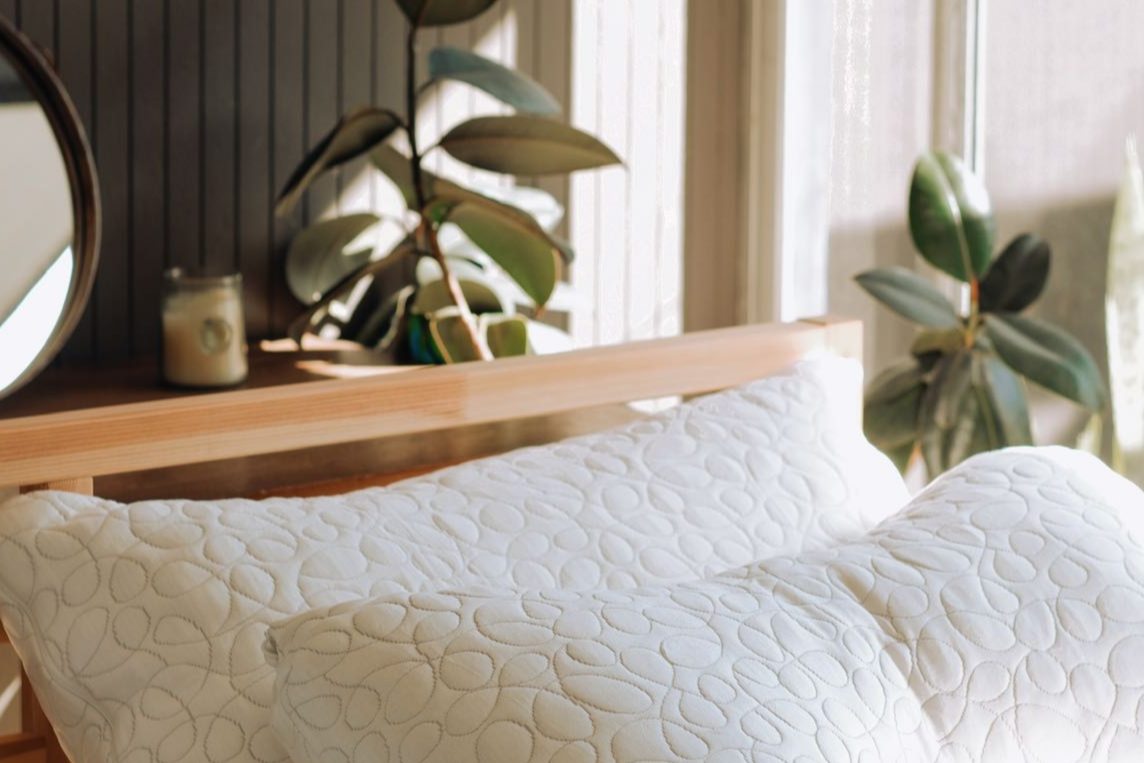
Leave a comment
This site is protected by hCaptcha and the hCaptcha Privacy Policy and Terms of Service apply.